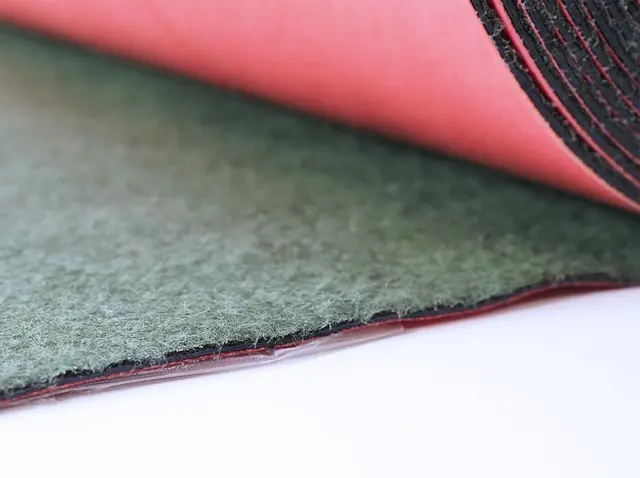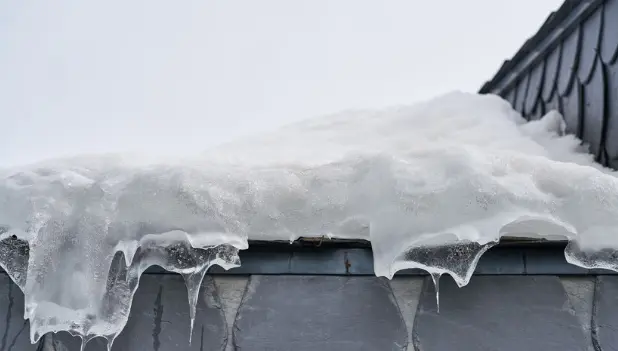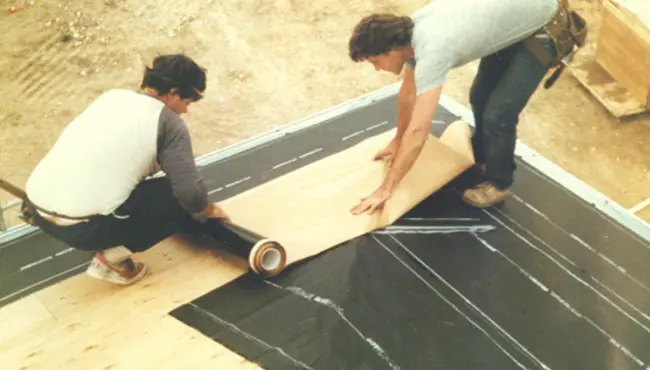Durable, Class 1 vapor barriers are the best vapor barrier for crawl space. Builders typically install the vapor barrier over the exposed soil in crawl spaces to stop vapor diffusion and control moisture intrusion and condensation.
Vapor diffusion occurs when moisture moves from a higher to a lower moisture concentration space or from a warmer to a colder place within a building product, like insulation. In contrast, vapor retarders only hinder vapor diffusion.
The ASTM E96 desiccant method measures a building product's resistance to moisture infiltration and assigns products a vapor barrier or retarder class:
- Class I vapor barrier (0.1 perms or less)
- Class II vapor retarder (0.1 < perm <1.0 perm)
- Class III vapor retarder (1.0 < perm <10 perm)
Managing the ever-present water in a crawl space will help you avoid foundation failure and costly repairs due to rot, and structurally damaging, and unhealthy mold.
Code Requirements for Vapor Barriers in Crawl Spaces
The 2021 International Residential Code (R408.3) mandates covering exposed earth with a continuous Class 1 vapor barrier for unvented under-floor space. In addition, you must overlap the vapor barrier joints by 6 inches (152 mm) and then seal and tape. Extend the vapor barrier’s edges at least 6 inches (152 mm) up the stem wall, then attach and seal to the wall or insulation.
Note: All buildings prone to direct contact with water need a vapor-resistant barrier. Polyguard® suggests you contact your building inspection office for local guidance on building codes and vapor barriers for crawl spaces.
What is the Best Vapor Barrier for a Crawl Space?
The best way to stop the water and toxic gases in the ground from entering the crawl space and ultimately damaging your home or building involves installing a puncture-resistant, low-permeance Class 1 polyethylene vapor barrier with a thin poured concrete slab over it. Sufficiently preventing water infiltration into the crawl space requires completely encapsulating the crawl space, including the floor, support posts, and walls, with the best vapor barrier system.
Polyguard® Underslab TRM
Fully-adhered Underslab TRM offers the industry's best and thickest vapor barrier for crawl spaces. It creates a durable physical barrier against water and termites.

The high-strength Underslab TRM can withstand abusive job sites. It consists of an 8.5 mils polyethylene backing laminated to a 69-mil thick TRM Sealant integrated into a high strength non-woven geotextile fabric top layer for a total factory-controlled thickness of 95 mils.

The fabric has a 4-inch wide lap waterproofing adhesive covered with a removable silicone-coated release sheet that creates a 4-inch wide self-adhesive overlap seam.
Benefits and features of the Underslab TRM includes the following:
- Can withstand severe abuse during slab placement with exceedingly high puncture resistance of 224 pounds
- Puncture resistance comes from the top layer of highway-grade geotextile and the bottom layer of high-strength polyethylene film
- A 69-mil barrier sealant in the middle of two puncture-resistant layers, gives the barrier four vital properties:
- Termite resistance
- Water resistance
- Ability to absorb stress which can cause cracking
- A self-healing sealant that will close up small punctures
- Able to handle hydrostatic head pressure up to 231 feet
- The only physical termite barrier with over 2 decades of testing and an evaluation report by the ICC (International Code Council) AC 380 ESR 3632
- Can withstand 30 days of UV exposure
How to Install a Underslab TRM
Tips for successfully applying Underslab TRM include:
- Apply to dry base.
- Apply Underslab TRM in temperatures above 30°F (-1°C).
- Applying 650 LT Liquid Adhesive can help with the barrier's initial adhesion.
- Compact the sub-base according to project specifications
- Remove all concrete chunks, sticks, roots, etc.
650 TRM system includes the following Polyguard® products:
California Sealant
California Sealant seals the porous portions of the geotextile surface and promotes adhesion of Polyguard® sealants like LM-85 SSL, LM-95, Detail Sealant PW™, and Fabric Tape.
US Inside Corner Boot
The 60-mil US Inside Corner Boot contains rubberized asphalt bonded to polyethylene with a simple-to-use release liner. US Inside Corner Boots reinforce and seal the inside corners of the Underslab membrane.
US Outside Corner Boot
The 60-mil US Outside Corner Boot contains rubberized asphalt bonded to polyethylene with a simple-to-use release liner. US Outside Corner Boots reinforce and seal the outside corners of the Underslab membrane.
Fabric Tape
Rubberized asphalt Fabric Tape laminates to a polypropylene fabric. It seals penetrations and seams and is vital when used with the Underslab and Blindside Membrane waterproofing systems.
TRM Sealant
TRM Sealant blocks slab penetrations from water and termites. It also seals overlaps and gaps. Polyguard® formulated the TRM Sealant from polymer asphalt, and then upgraded it to incorporate a non-chemical termite and insect barrier.
The Best Vapor Barrier for Crawl Space - Underslab TRM
Puncture-resistance, low-permeance, Class 1, fully-adhered Underslab TRM and companion products are the best way to stop water and termites in the ground from entering the crawl space. Installing Underslab TRM in a crawl space will protect your foundation, save money on costly repairs, and protect the health and integrity of your building or home.
For more on choosing the best vapor barriers for crawl spaces, don't hesitate to contact our team of Polyguard® professionals.













